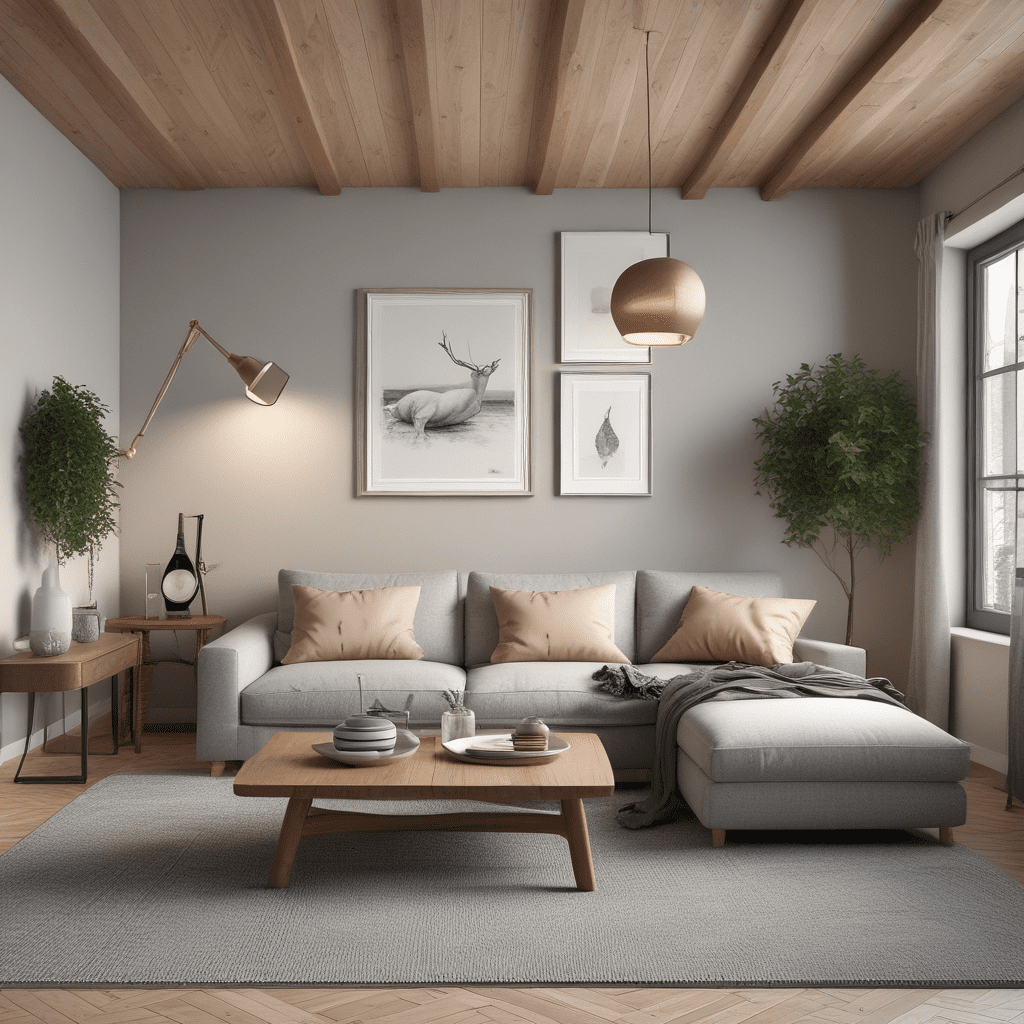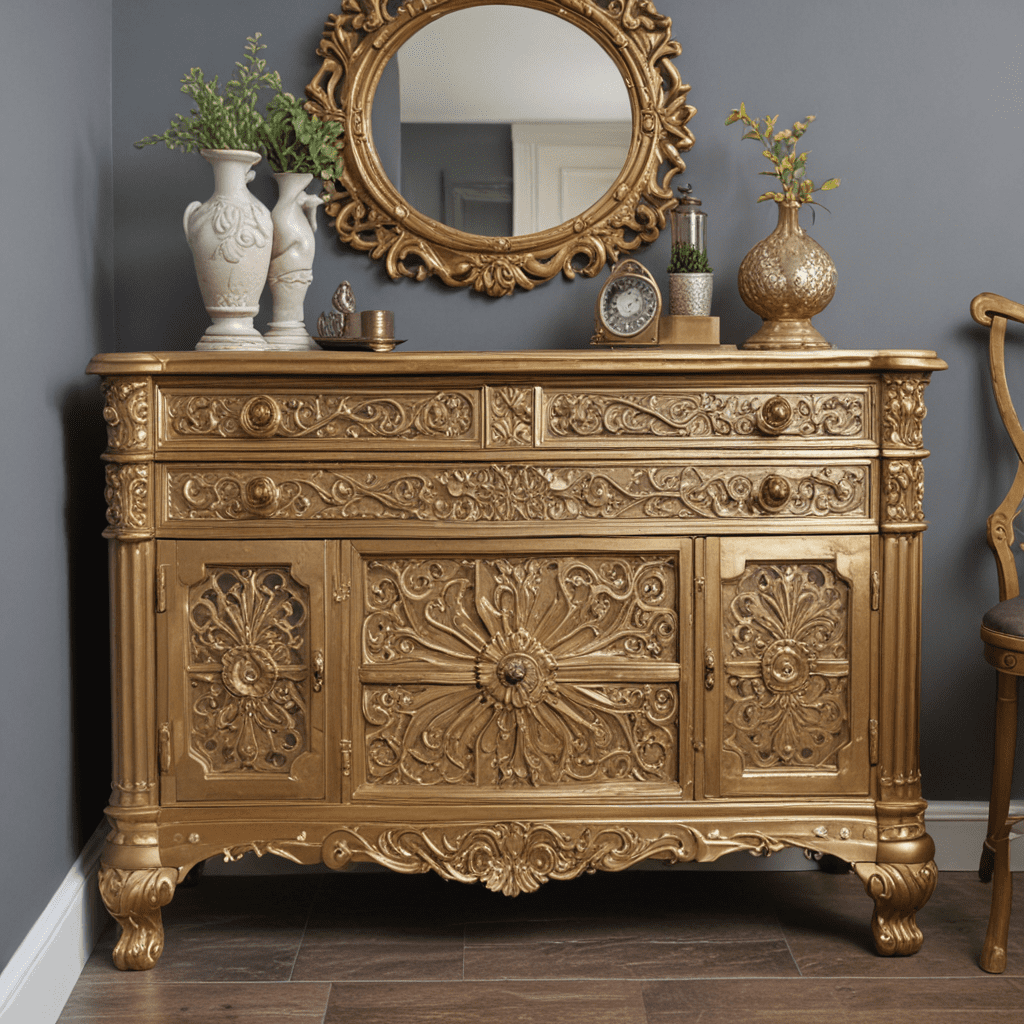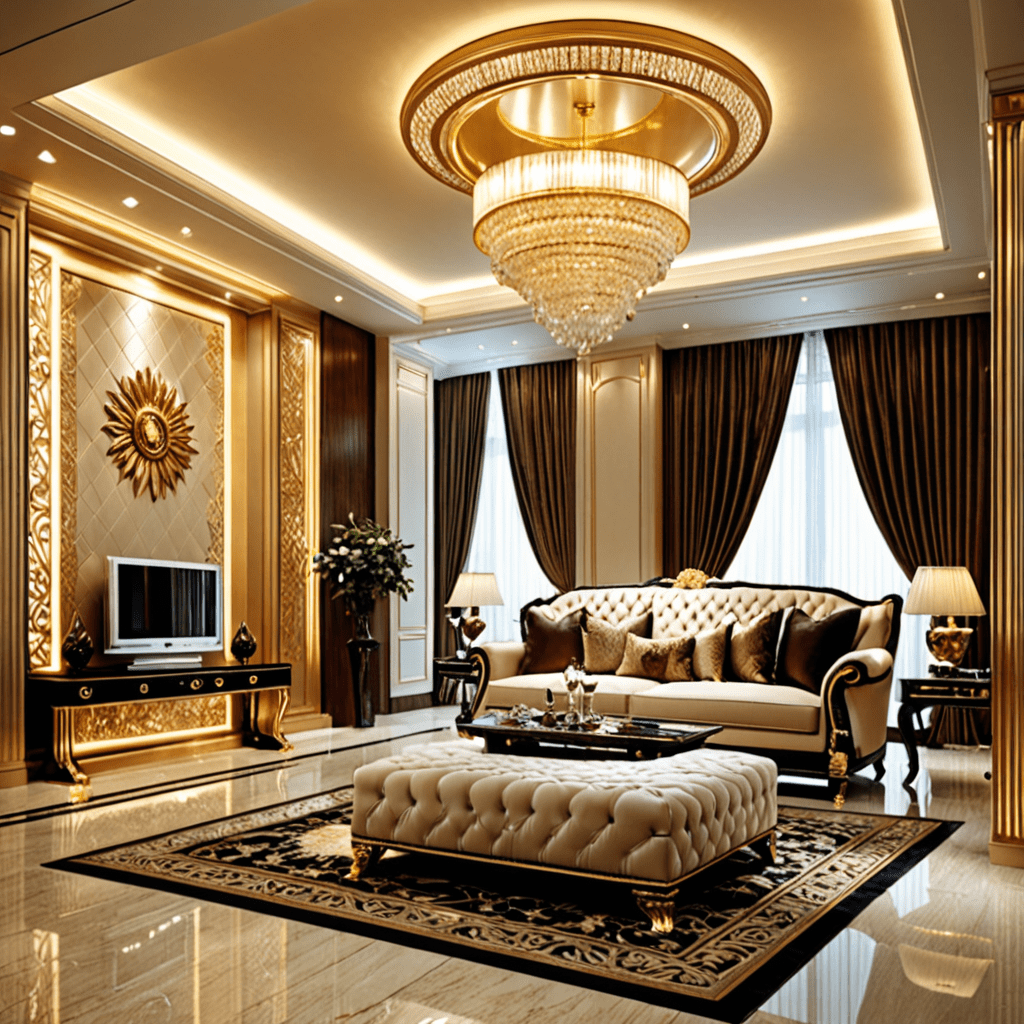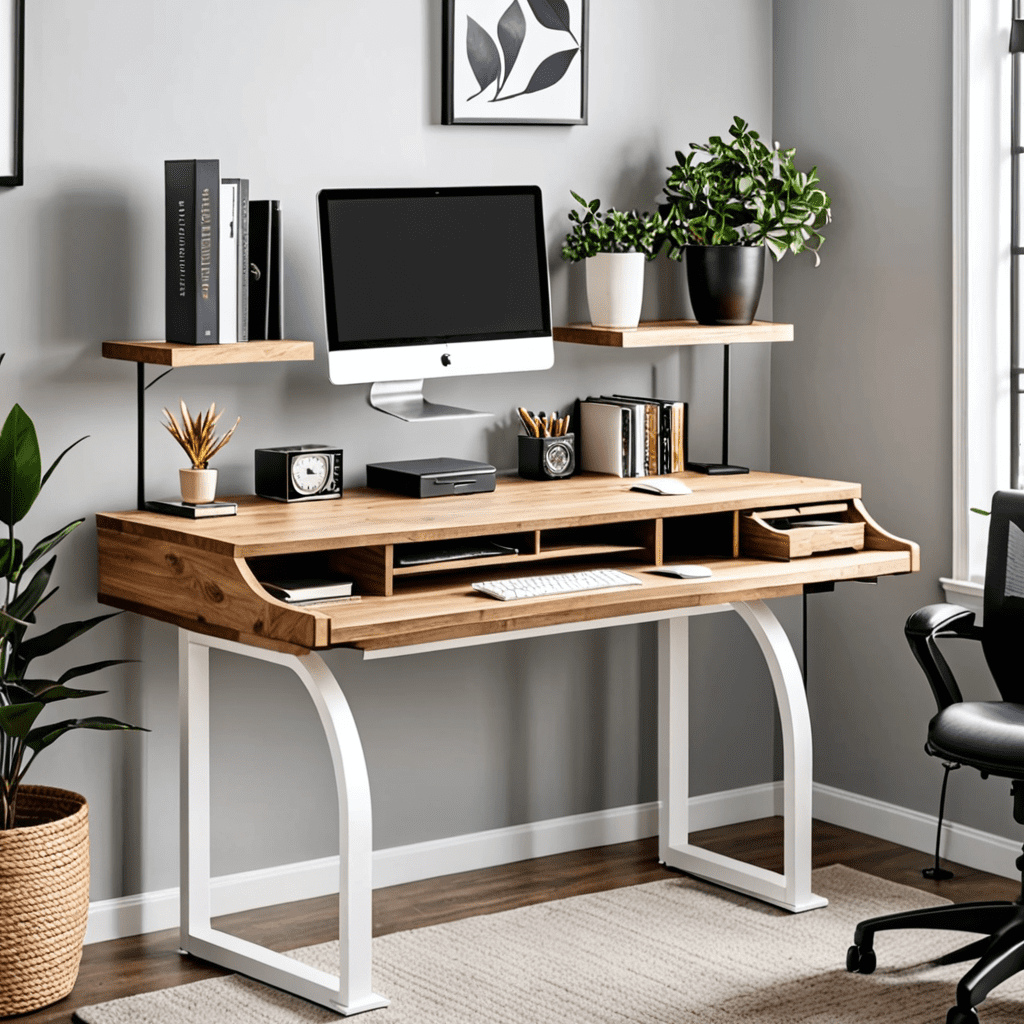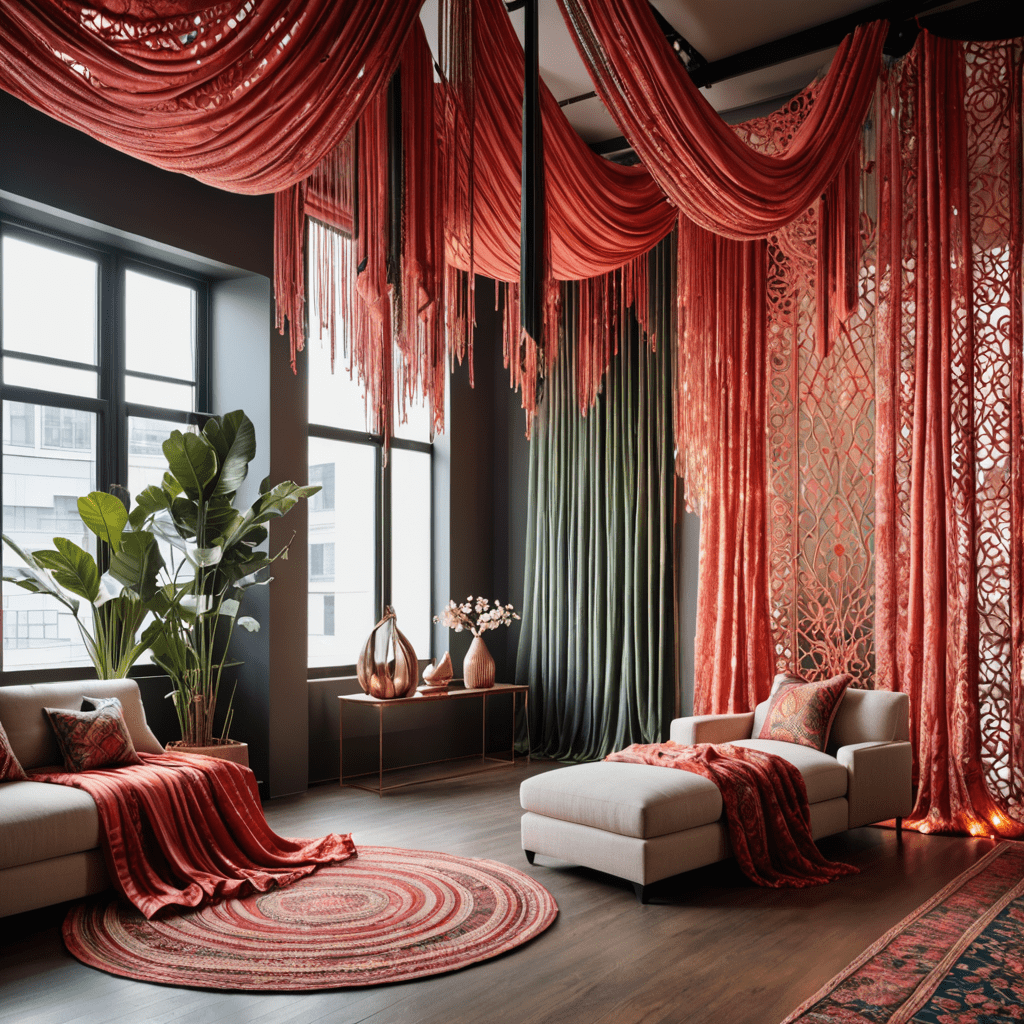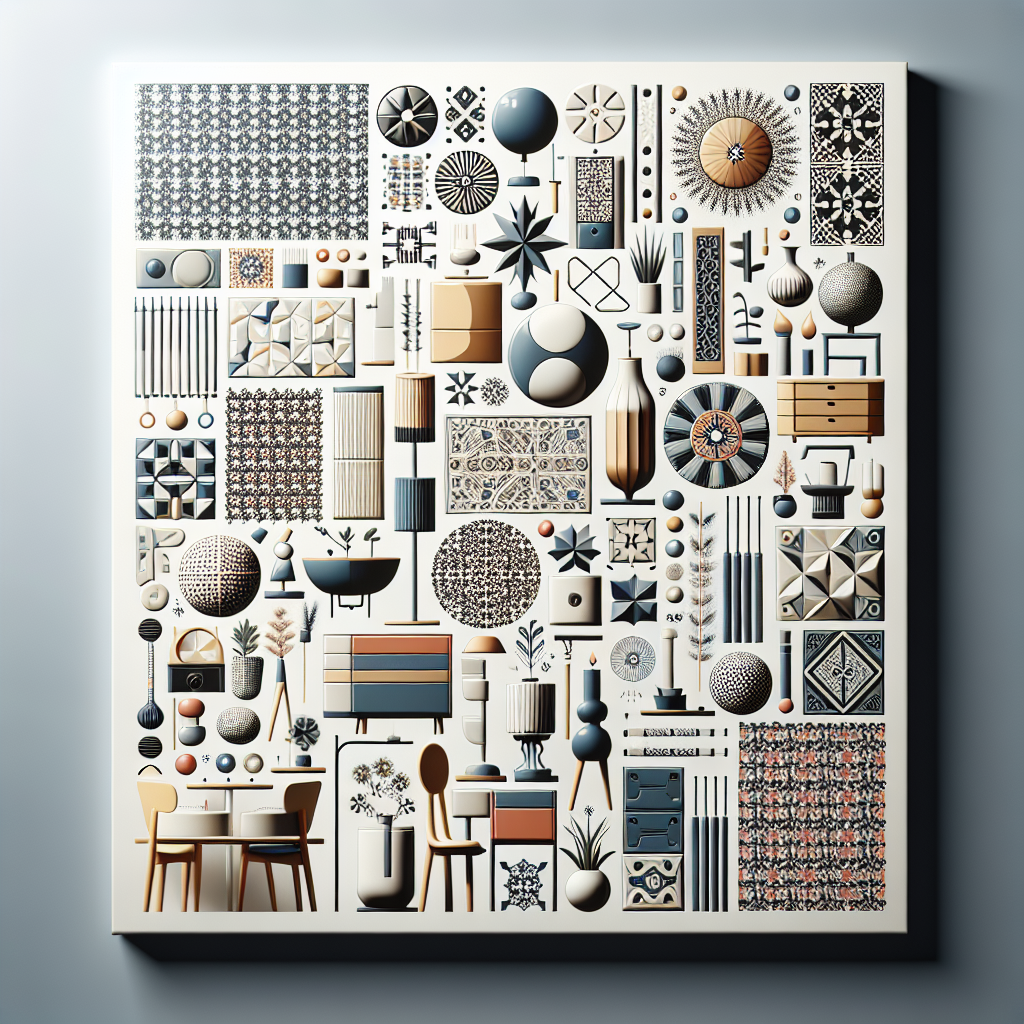How to Blend Old and New to Create a Unique Home
How to Blend Old and New to Create a Unique Home
Introduction
The art of blending old and new elements in interior design is a testament to the timeless adage that in diversity, there is beauty. In a world where personal expression is highly valued, your living space becomes a canvas for storytelling, combining the cherished narratives of the past with the vibrant promise of the future. This harmonious fusion not only honours heritage but also embraces modernity, creating interiors that are as unique as the individuals who inhabit them. Interior design’s crucial role in crafting these nuanced environments cannot be overstated—it marries comfort with style, balancing the echoes of history with contemporary flair.
Key Elements of Blending Old and New
When it comes to creating a space that feels both current and grounded in history, several interior design elements play pivotal roles. Here are some of the key components to consider in the delicate art of blending old and new:
Element 1: Color Palettes
Harmonizing vintage and modern can often start with color. Opt for a palette that bridges eras—perhaps drawing on muted, timeless tones for a backdrop that lets period pieces shine, accented by bursts of contemporary hues that bring vitality and cohesion.Element 2: Furniture Arrangement
Furniture is where the conversation between past and present happens most tangibly. Placing a sleek, minimalist sofa alongside a baroque coffee table can make for a striking juxtaposition that tells a visual story of divergent eras coming together.Element 3: Lighting
Lighting fixtures are often signature pieces that define an era’s design ethos. Mixing an antique chandelier with modern LED lighting solutions can illuminate the dialogue between old and new in a practical yet poetic manner.Element 4: Textures and Materials
A tactile experience can be just as powerful as a visual one. Integrate the warm patina of aged wood with cool, industrial metals, or pair vintage textiles with contemporary prints.Element 5: Accessories
Accessories allow for flexibility and are an excellent way to sprinkle in modern or vintage elements without overwhelming a room. Think of contemporary art resting on an heirloom table, or a classic vase holding fresh, avant-garde blooms.
Tips for Choosing Furniture
Selecting the right furniture to balance different design eras in a single space requires careful consideration. Here are some tips for choosing pieces that serve to unite rather than divide:
Consider Proportions
- Evaluate the scale of your space and choose pieces that are in harmony with the room’s dimensions. A substantial antique armoire might overwhelm a petite modern apartment, while a dainty vintage chair could be lost in a grand, loft-style environment.
Mix Styles with Intent
- Each piece should serve a purpose beyond function; it should contribute to the narrative of your space. Look for modern furniture with clean lines to complement more ornate vintage pieces.
Functionality Matters
- Always balance aesthetic with practicality. Aesthetically pleasing pieces that don’t meet your needs can disrupt the flow and feel of your home.
Incorporating Art and Decor
Utilizing art and decor to tie together eras can be the finishing touch to a space that feels both harmonious and vibrant. Here are ways to enhance the ambiance of a room through thoughtful selection and placement:
Curate a Mix of Art
- Displaying both contemporary artwork and vintage pieces can create a visual timeline. Consider gallery walls that mix old family portraits with modern abstract pieces.
Decor as a Unifying Element
- Use smaller decor pieces to bridge gaps between styles. A modern sculpture on an antique mantle, or vintage books on a contemporary shelf unit can provide those moments of cohesive contrast.
Recent Trends in Interior Design
Embracing the blending of old and new isn’t just a personal choice; it’s also on-trend. Recent interior design movements have seen a surge in the appreciation for eclectic styles:
Sustainable Design
Vintage furniture is not only charming but eco-friendly. The repurposing of old pieces is a trend that aligns with the rising awareness of sustainable living.Global Inspiration
Incorporating elements from various cultures and time periods reflects a global perspective that is increasingly popular in design.Personalization
The trend towards personalization in interior design means there are no hard rules. You are free to mix eras and styles in ways that resonate with your taste.
Conclusion
Interior design is a powerful tool for creating spaces that reflect our multifaceted lives. Blending old and new elements demands a discerning eye, an open mind, and a willingness to experiment. It’s about creating a home that celebrates the rich tapestry of your personal history and your aspirations for the future. With thoughtful consideration to the key elements of design, a careful selection of furniture, and strategic incorporation of art and decor, anyone can master the art of mixing the old with the new to curate a space that is both timeless and timely.
